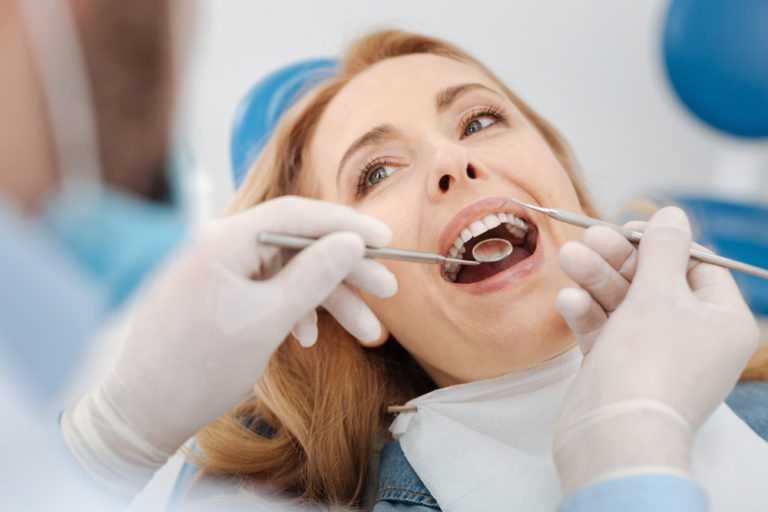
No one wants to have a missing tooth, but sometimes there’s no alternative but to extract a tooth. While it doesn’t have to be painful, it’s certainly not an experience many people look forward to, and in some cases the tooth that requires removal can be somewhat complicated to get at. There are a number of conditions that can result in it becoming necessary to extract your teeth, and what form of extraction your dentist may choose to use.
What Prevents A Tooth From Being Saved?
The ADA (American Dental Association) has a list of reasons that a tooth most commonly gets removed, and these reasons include crowding, disease, and injury to the tooth from an accident. In those cases where a filling or crown cannot be used due to the extent of the decay, an extraction is often the next step. Severe periodontal disease can also be a cause of bone decay, which can result in there being an insufficient amount of bone to support the teeth. Additionally, those teeth that haven’t responded well to a root canal may also need to be removed.
Some teeth are removed because of overcrowding in the mouth, with wisdom teeth being the most common candidates for this procedure. Wisdom teeth often find themselves crowded in at the back of the mouth, and thus are popular candidates for extraction.
Two Types Of Extraction – Simple vs Surgical
Most extractions that are performed are relatively simple, especially in the event that the target tooth extends above the gum-line. In these cases it is possible for the dentist to grasp the tooth with a pair of forceps and remove them without incident. It is possible for a simply extraction to become a surgical one in the event that the tooth breaks during extraction.
Additionally impacted teeth, those that are below the gum-line, require surgical removal. In surgical extractions the gum tissue often has to be cut into, and on occasion some of it removed, to enable getting to the problematic tooth and removing it. In severe cases it may be necessary to cut into bone as well to remove them. Surgical extractions may be the least common form of extraction, but when they’re necessary they’re the only way to remove the tooth causing the problem.
What To Do After An Extraction
Following an extraction there will be instructions provided by your dentist for you to follow. They will include ways to ensure that you do not suffer from dry socket, a condition where the socket becomes irritated following an extraction. You will want to avoid eating and drinking on the extraction site until the bleeding stops and the numbness wears off, and avoid smoking until the wound heals completely.
In the event of a surgery, speak with your dentist about your recovery. Surgical procedures often have a number of new habits you’ll have to follow until the wound heals completely, and will have a longer recovery time than a simple extraction. Of course the best, but not certain, way to avoid needing any form of extraction is to practice good oral hygiene!

















Recent Comments